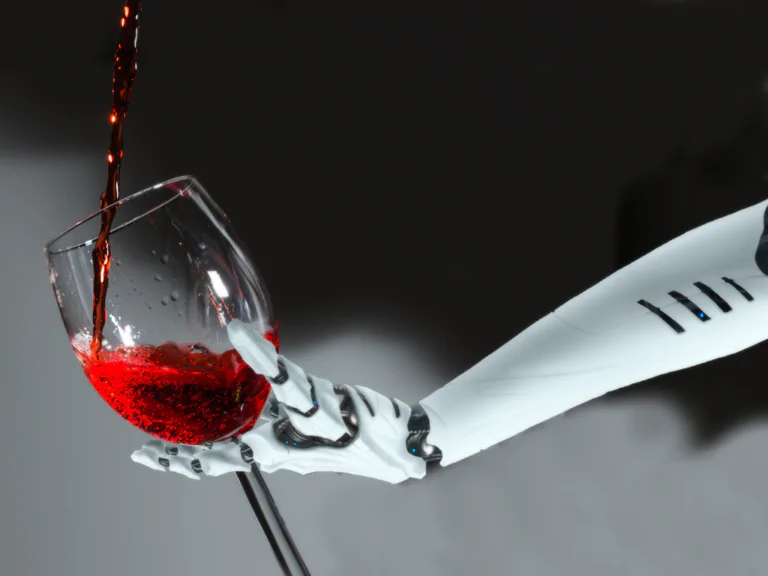
These results, published in the journal 'Communications Chemistry', pave the way for new potential tools to fight counterfeiting wines, and predictive tools to guide decision-making in the wine sector.
Each wine is the result of fine and complex mixtures of thousands of molecules. Their concentrations fluctuate based on the composition of the grape, which depends, in turn, on the nature, the structure of the soil, the variety of grapes and the practices of the winemaker. These variations, even if small, can have a big impact on the taste of the wine. With climate changes, new consumer habits and the increase in wine counterfeiting, the need to have effective tools to determine the identity of wines has now become of fundamental importance.
One of the techniques used is 'gas chromatography', which consists in separating the components of a mixture by affinity between two materials. This method, specifically, requires the mixture to pass through a very thin tube 30 meters long, here the components that have greater affinity with the material of the tube will gradually separate from the others; each split will then be recorded by a 'mass spectrometer', which will produce a chromatogram, capable of detecting the 'peaks' underlying the molecular separations.
In the case of wine, due to the numerous molecules that compose it, these peaks are extremely numerous, making a detailed and exhaustive analysis very difficult. In collaboration with the team of Stephanie Marchand, from the Institute of Vine and Wine Sciences of the University of Bordeaux, Alexandre Pouget's research group has found the solution to this dilemma, combining chromatograms and artificial intelligence tools.
The chromatograms come from 80 red wines from twelve vintages, between 1990 and 2007, and seven estates in the Bordeaux region. This raw data was then processed using machine learning, a field ofartificial intelligence in which algorithms learn to identify recurring patterns in groups of information. The method allows us to take into account the complete chromatograms of each wine, which can include up to 30.000 points, and summarize each chromatogram in two coordinates X and Y, this process is called dimensionality reduction.
By placing the new coordinates on a graph, the researchers were able to see seven 'clouds' of points and discovered that each of these grouped together vintages of the same estate based on their chemical similarities. In this way the researchers were able to demonstrate that each company has its own chemical signature.
In the course of their analyses, the researchers discovered that the chemical identity of these wines was not definited by the concentration of some specific molecules, but from a broad chemical spectrum. “Our results demonstrate that it is possible to identify the geographical origin of a wine with 100% accuracy, by applying dimensionality reduction techniques to gas chromatograms – underlined Pouget, who also led the research – the study provides new knowledge on components of the identity and sensorial properties of a wine. It also paves the way for the development of tools to support the decision-making process, such as preserving the identity and expression of a territory and, to more effectively combat counterfeiting."
BlogInnovazione.it
Google DeepMind is introducing an improved version of its artificial intelligence model. The new improved model provides not only…
Laravel, famous for its elegant syntax and powerful features, also provides a solid foundation for modular architecture. There…
Cisco and Splunk are helping customers accelerate their journey to the Security Operations Center (SOC) of the future with…
Ransomware has dominated the news for the last two years. Most people are well aware that attacks…
An ophthalmoplasty operation using the Apple Vision Pro commercial viewer was performed at the Catania Polyclinic…
Developing fine motor skills through coloring prepares children for more complex skills like writing. To color…
The naval sector is a true global economic power, which has navigated towards a 150 billion market...
Last Monday, the Financial Times announced a deal with OpenAI. FT licenses its world-class journalism…